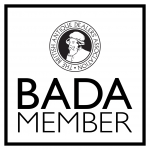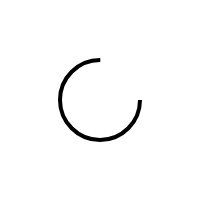-
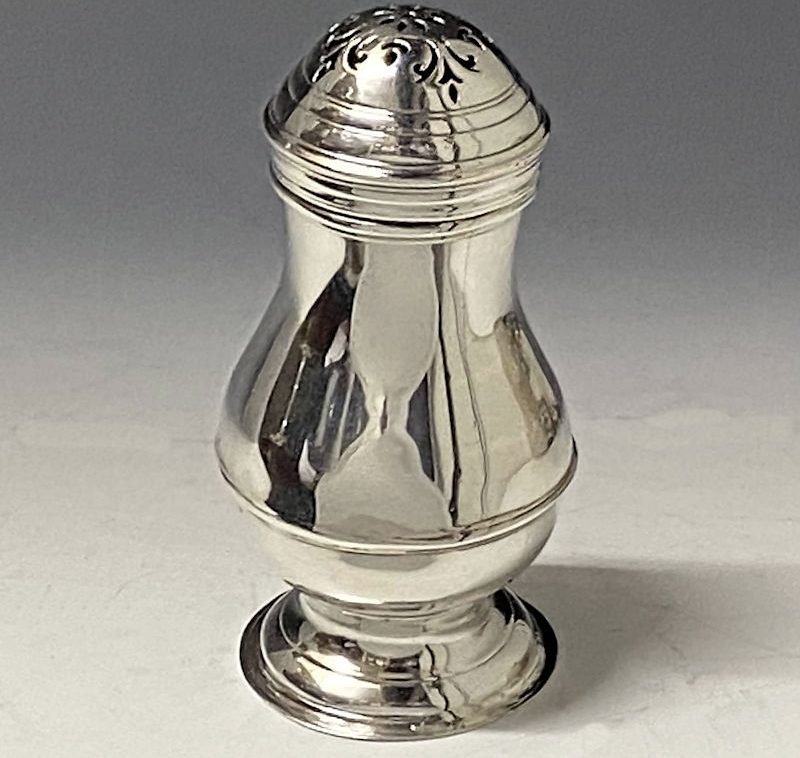
Antique Silver George II Pepper/Spice Caster made in 1727
£485ENQUIRE ABOUT THIS PIECEW108x2Date:1727Maker: Meschach Godwin£485 -
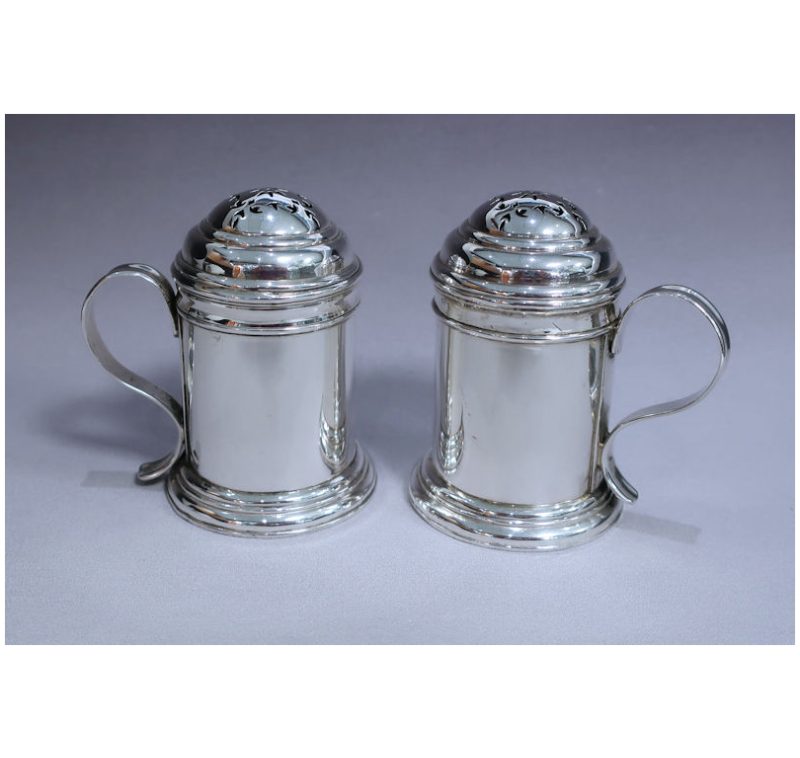
Pair of Edwardian Britannia Silver Kitchen Peppers made in 1910
£645ENQUIRE ABOUT THIS PIECESA111x29Date:1910Maker: Elkington & Co£645 -
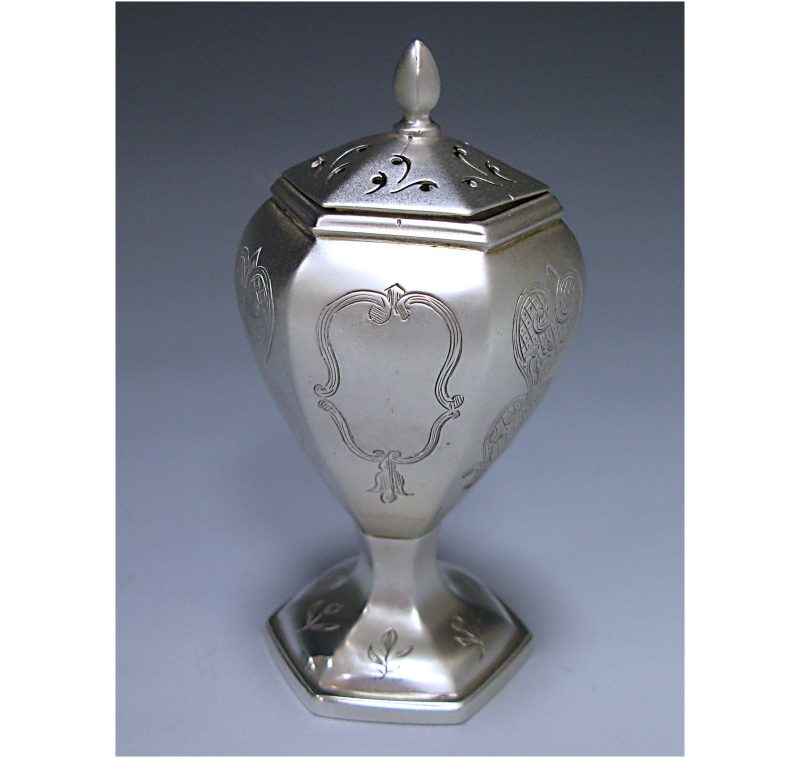
Antique Silver Victorian Pepper Pot made in 1844
£325ENQUIRE ABOUT THIS PIECESA94x36Date:1844Maker: Henry Holland£325 -
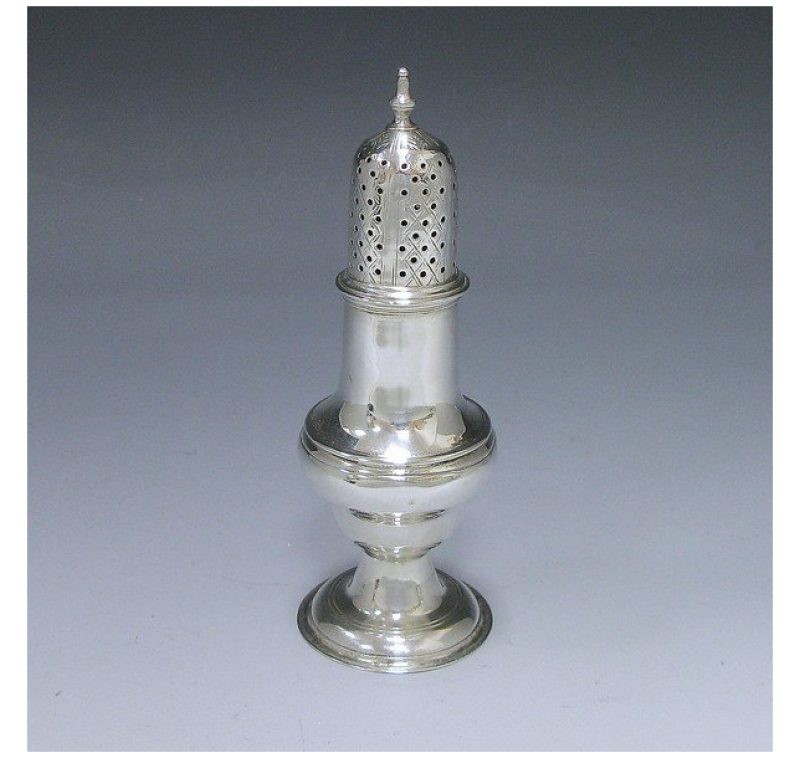
Antique Silver George III Pepper Caster made in 1782
£475ENQUIRE ABOUT THIS PIECESA125x8Date:1782Maker: Robert Piercy£475 -
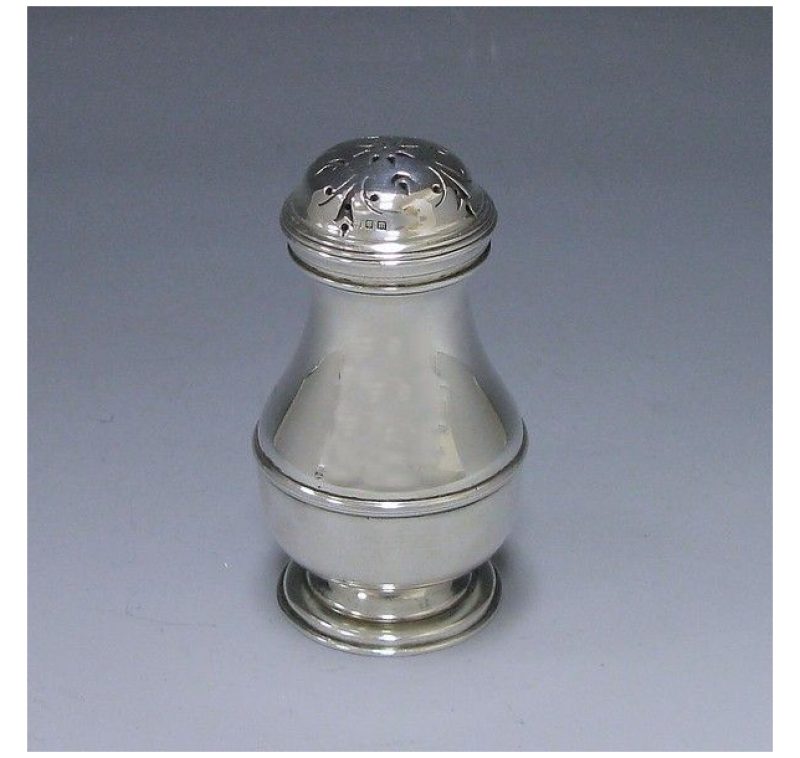
Antique Silver George V Bun-Top Pepper made in 1927
£160ENQUIRE ABOUT THIS PIECESA124x10Date:1927Maker: Searle & Company Ltd£160 -
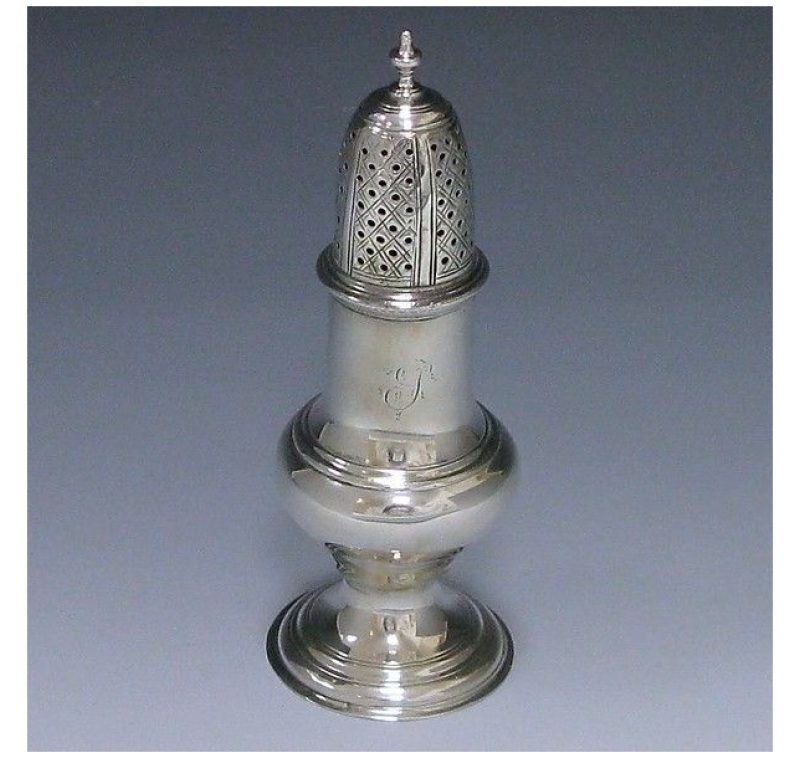
Antique Silver George III Pepper made in 1783
£365ENQUIRE ABOUT THIS PIECEM108x33Date:1783£365
[gtranslate]

